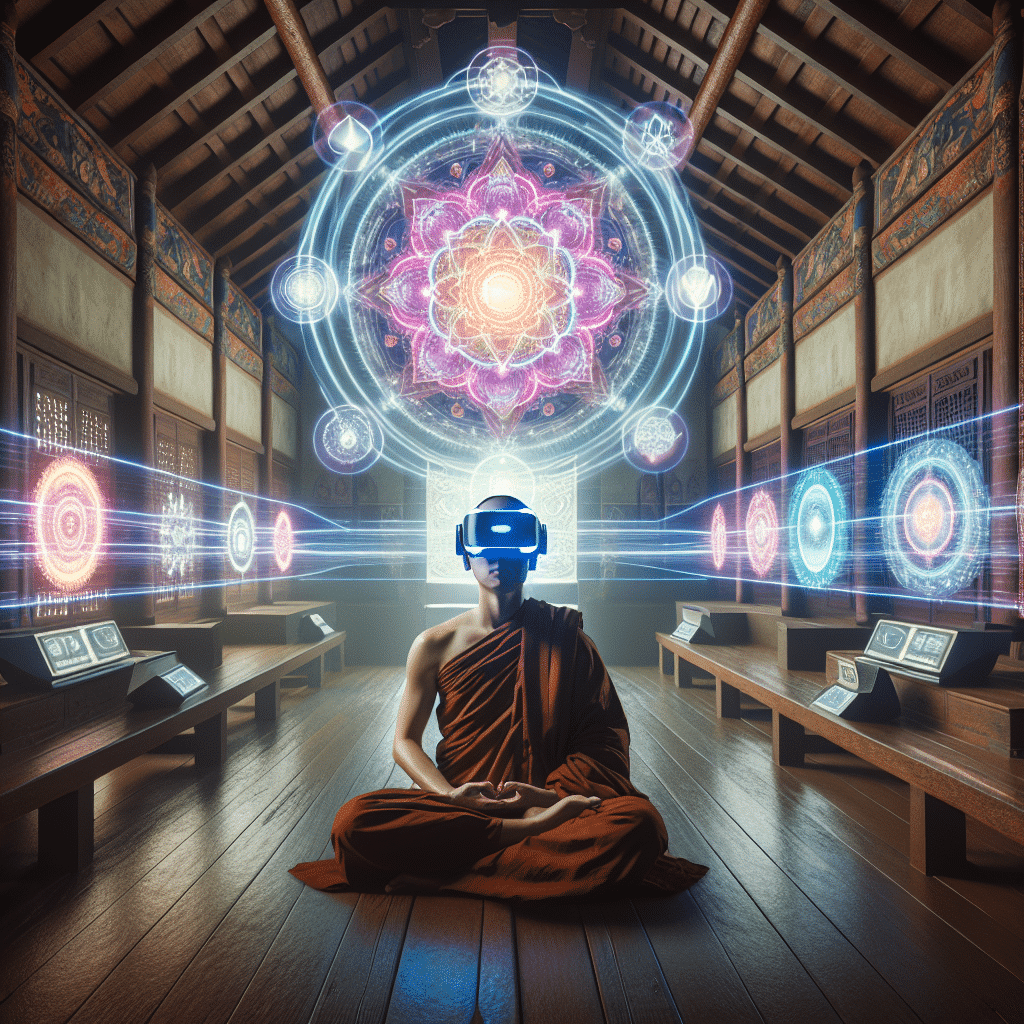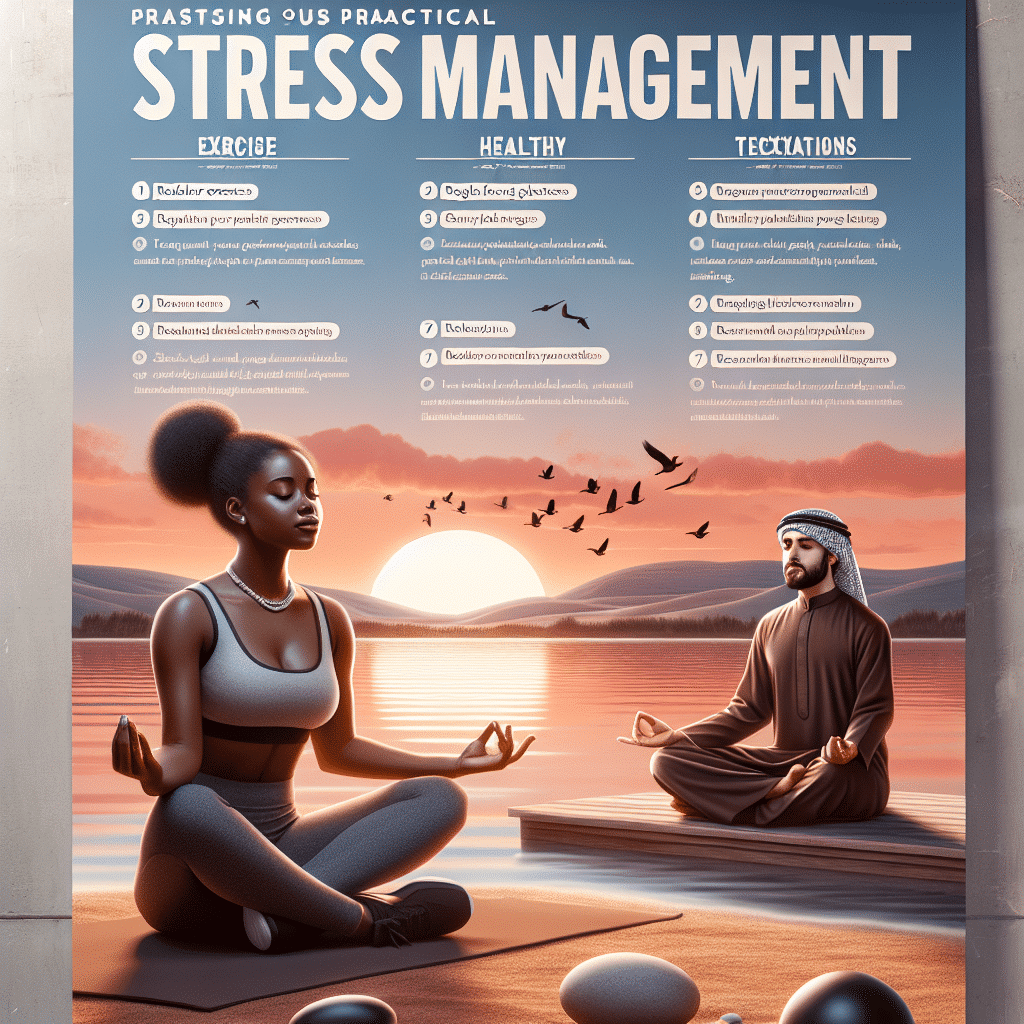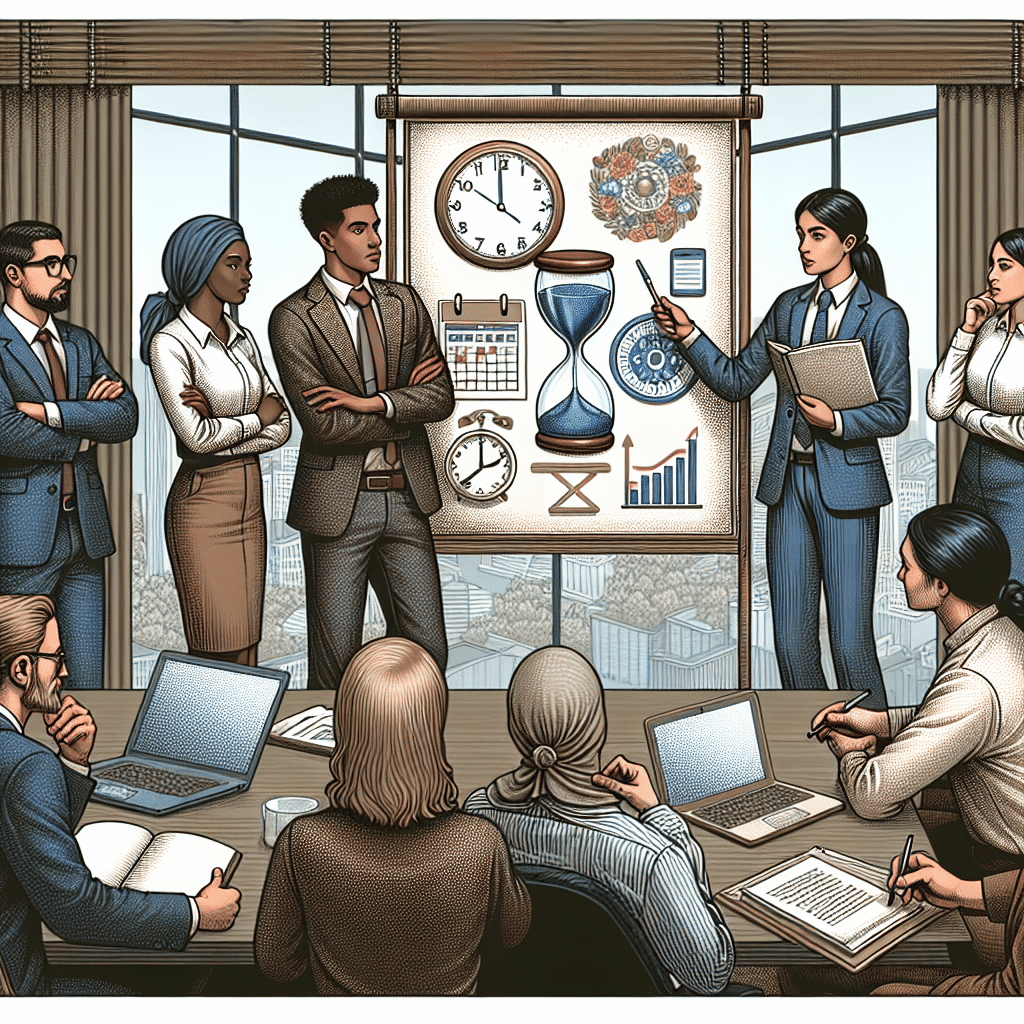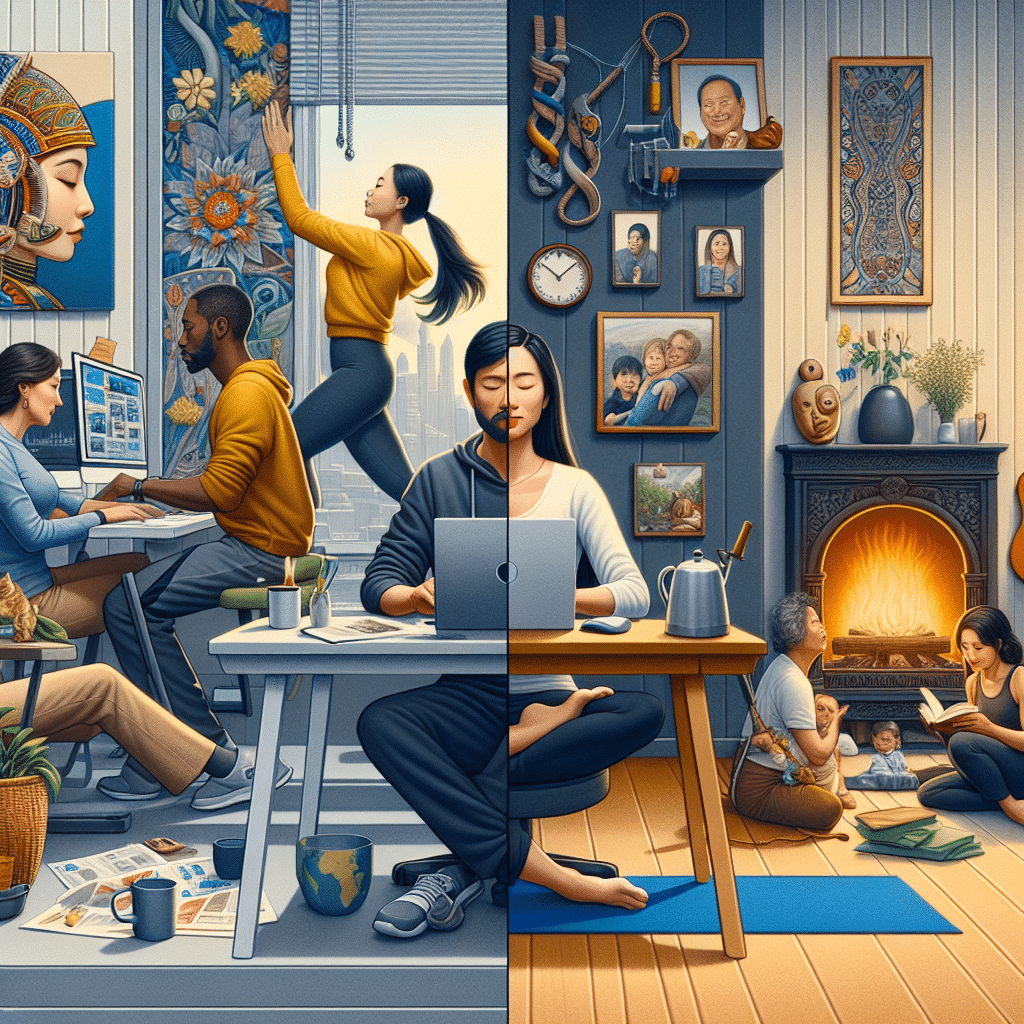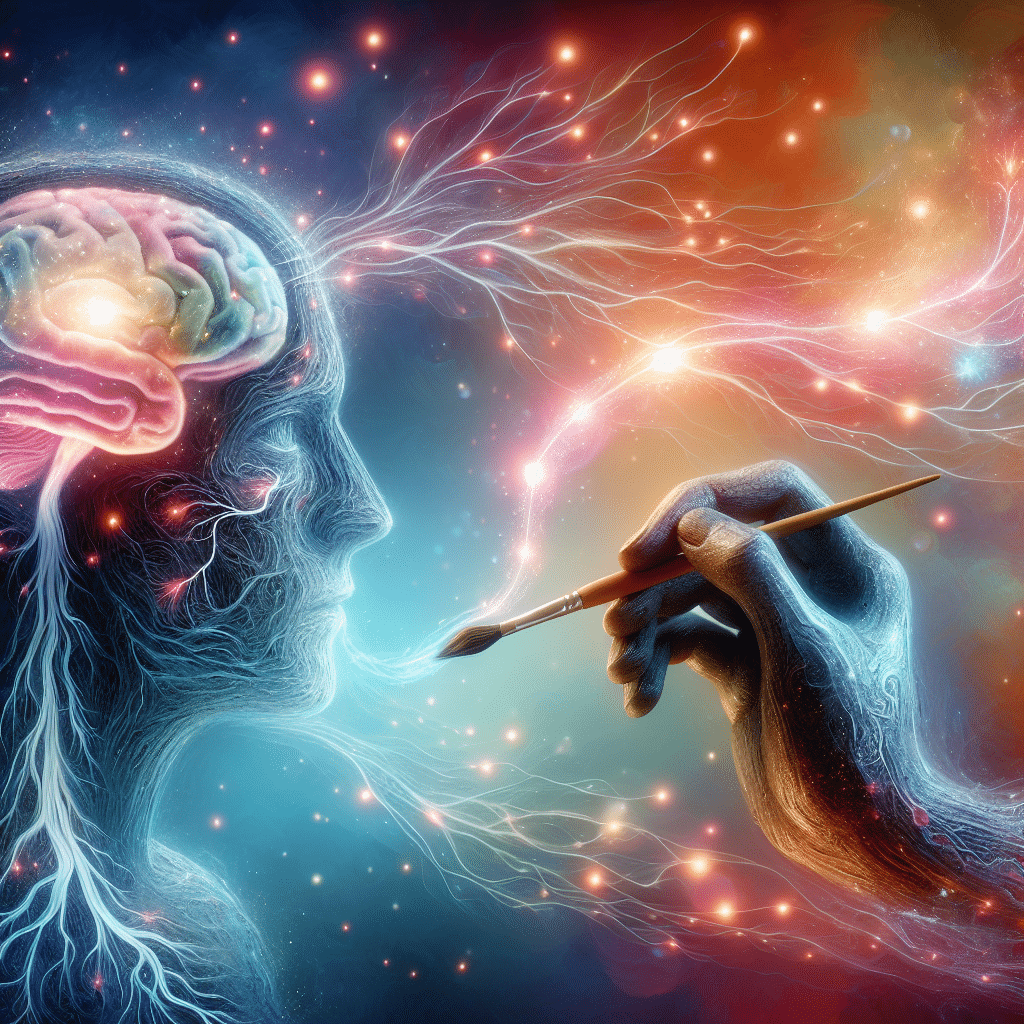
Understanding the Mind-Body Connection
The mind-body connection refers to the intricate relationship between the mental and physical aspects of our being. This connection plays a crucial role in various aspects of our lives, including creativity. When we have a deeper understanding of how our thoughts and emotions are interconnected with our physical bodies, we can harness this relationship to enhance our creative abilities. By exploring the mind-body connection, we can unlock new pathways to creativity and innovation.
Understanding the mind-body connection is essential for tapping into our full creative potential. This connection involves the complex interplay between our thoughts, emotions, physical sensations, and actions. The mind influences the body, and vice versa, creating a dynamic relationship that affects how we think, feel, and create.
Research has shown that the mind-body connection can impact our creativity in profound ways. When we are in a state of alignment between our mental and physical selves, we are more likely to experience moments of inspiration, clarity, and flow. By cultivating a strong mind-body connection, we can enhance our creative thinking, problem-solving skills, and overall sense of well-being.
By paying attention to our thoughts, emotions, and physical sensations, we can gain valuable insights into our creative process. When we are attuned to our mind-body connection, we can learn to recognize when we are in a state of flow and when we are facing mental or physical barriers to creativity. This self-awareness allows us to make conscious choices about how we approach our creative work and how we can optimize our creative potential.
How Mind-Body Connections Impact Creativity
The mind and body are intricately linked, and this connection plays a crucial role in creative processes. When the mind and body are in sync, creativity can flow more freely, leading to innovative ideas and solutions. Understanding how these connections impact creativity can help individuals unlock their full creative potential.
One way in which mind-body connections impact creativity is through heightened awareness and focus. When the mind and body are aligned, individuals are more attuned to their surroundings, emotions, and thoughts. This enhanced awareness can lead to new perspectives and ideas that may not have been apparent before. By being present in the moment, individuals can tap into their creativity more effectively.
Additionally, the mind-body connection can influence emotional well-being, which is closely tied to creativity. When individuals are in a positive emotional state, they are more likely to engage in creative thinking and problem-solving. On the other hand, stress and negative emotions can hinder creative processes. By cultivating a strong mind-body connection, individuals can better regulate their emotions and access their creative abilities more easily.
Furthermore, physical sensations and movements can stimulate creativity. Engaging in physical activities such as walking, dancing, or yoga can help individuals get out of their heads and into their bodies, leading to greater inspiration and creativity. By incorporating movement into creative practices, individuals can tap into a different kind of energy that can fuel their creative endeavors.
In essence, the mind-body connection impacts creativity by influencing awareness, emotional well-being, and physical sensations. By paying attention to this connection and nurturing it through various practices, individuals can enhance their creative abilities and produce more innovative work.
Techniques for Enhancing Mind-Body Connections
Enhancing mind-body connections can have a profound impact on creativity. By aligning the mind and body, individuals can tap into a deeper level of inspiration, focus, and innovative thinking. Here are some techniques to help strengthen mind-body connections and boost creativity:
1. Breathing Exercises
Deep breathing exercises can help calm the mind, reduce stress, and increase mental clarity. By focusing on the breath, individuals can bring their awareness to the present moment and access new ideas and perspectives.
2. Body Scan Meditation
Body scan meditation involves focusing on different parts of the body, one at a time, and becoming aware of any sensations or tension present. This practice can help individuals release physical tension and bring a sense of relaxation and presence to the mind, creating space for creative ideas to emerge.
3. Yoga and Tai Chi
Practicing yoga or Tai Chi can help improve flexibility, strength, and balance while also promoting relaxation and mindfulness. These gentle movement practices can enhance mind-body connections and support a more open and creative mindset.
4. Visualization Techniques
Visualizing goals, ideas, or outcomes can help reinforce connections between the mind and body. By picturing success or envisioning creative solutions, individuals can bring their desires and intentions into alignment, making it easier to manifest their creative visions.
5. Sensory Stimulation
Engaging the senses through activities like listening to music, exploring nature, or creating art can stimulate creativity and enhance mind-body connections. By immersing oneself in sensory experiences, individuals can access new sources of inspiration and ignite their creative spark.
By incorporating these techniques into their daily routine, individuals can strengthen their mind-body connections and cultivate a more creative and fulfilling life. Whether through breathwork, meditation, movement, visualization, or sensory exploration, aligning the mind and body can unlock a world of creative possibilities.
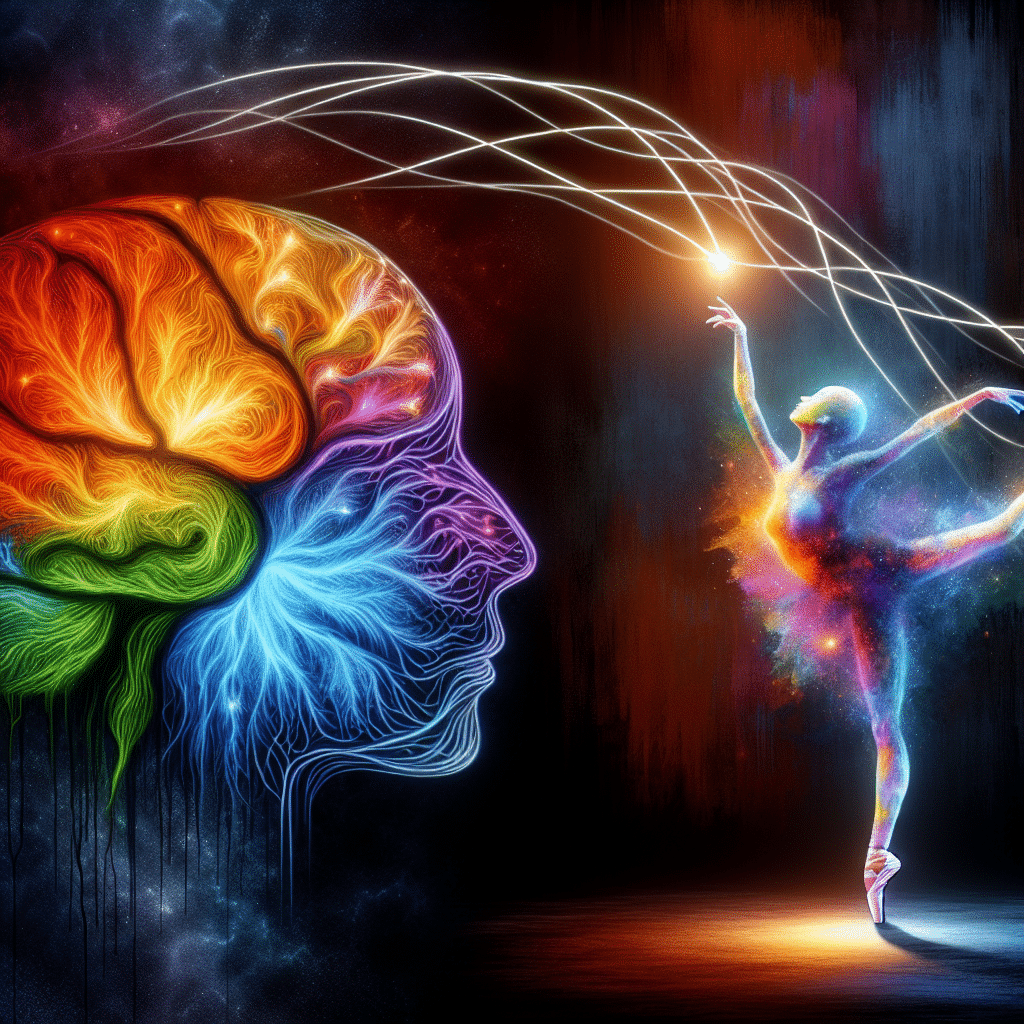
4. The Role of Meditation and Mindfulness in Creativity
When it comes to enhancing creativity, the practice of meditation and mindfulness can play a significant role in fostering mind-body connections. Both meditation and mindfulness techniques can help individuals tap into their inner creativity by quieting the mind, reducing stress, and fostering a greater sense of self-awareness.
The Benefits of Meditation for Creativity
Meditation has been shown to activate areas of the brain associated with creativity and problem-solving. By quieting the chatter of the mind and focusing on the present moment, individuals can access new perspectives and insights that may not have been apparent before. This can lead to breakthrough ideas and innovative solutions to creative challenges.
The Role of Mindfulness in Enhancing Creativity
Mindfulness, which involves paying attention to the present moment without judgment, can also support creativity by helping individuals become more attuned to their thoughts, emotions, and bodily sensations. This heightened awareness can lead to a deeper understanding of oneself and one’s creative process, enabling individuals to channel their creative energy more effectively.
Practical Tips for Incorporating Meditation and Mindfulness into Creative Practices
To incorporate meditation and mindfulness into your creative routine, consider setting aside dedicated time each day for these practices. You can start with just a few minutes of meditation or mindfulness exercises, gradually increasing the duration as you become more comfortable. Additionally, you can explore different types of meditation, such as guided meditation or visualization techniques, to find what works best for you.
Remember that consistency is key when it comes to reaping the benefits of meditation and mindfulness for creativity. By making these practices a regular part of your routine, you can cultivate a deeper connection between your mind and body, ultimately enhancing your creative abilities and expanding your creative horizons.
Incorporating Physical Activity into Creative Practices
Physical activity has been linked to numerous benefits for both the body and the mind. When it comes to creativity, engaging in physical activities can help enhance the mind-body connection, leading to improved creative thinking and problem-solving skills.
How Physical Activity Boosts Creativity
Research has shown that physical activity can stimulate the brain and improve cognitive function. When you engage in activities like walking, yoga, or dancing, you are not only moving your body but also increasing blood flow and oxygen to the brain. This can result in enhanced focus, clarity of thought, and creative ideation.
Integrating Movement into Your Creative Process
There are various ways to incorporate physical activity into your creative practices. You can start by taking short breaks to stretch, walk around, or do some quick exercises to refresh your mind and body. This can help prevent mental fatigue and keep your creativity flowing throughout the day.
Another approach is to engage in activities that inspire creativity, such as nature walks, group fitness classes, or dancing sessions. These activities not only provide physical benefits but also serve as a source of inspiration and new ideas for your creative projects.
Creating a Routine
To make physical activity a consistent part of your creative process, consider establishing a routine that includes designated times for movement breaks or dedicated workout sessions. This can help you maintain a healthy balance between mental exertion and physical activity, leading to overall well-being and enhanced creativity.
Remember that creativity thrives when both the mind and body are nurtured and in sync. By incorporating physical activity into your creative practices, you can not only boost your creative output but also improve your overall health and well-being.
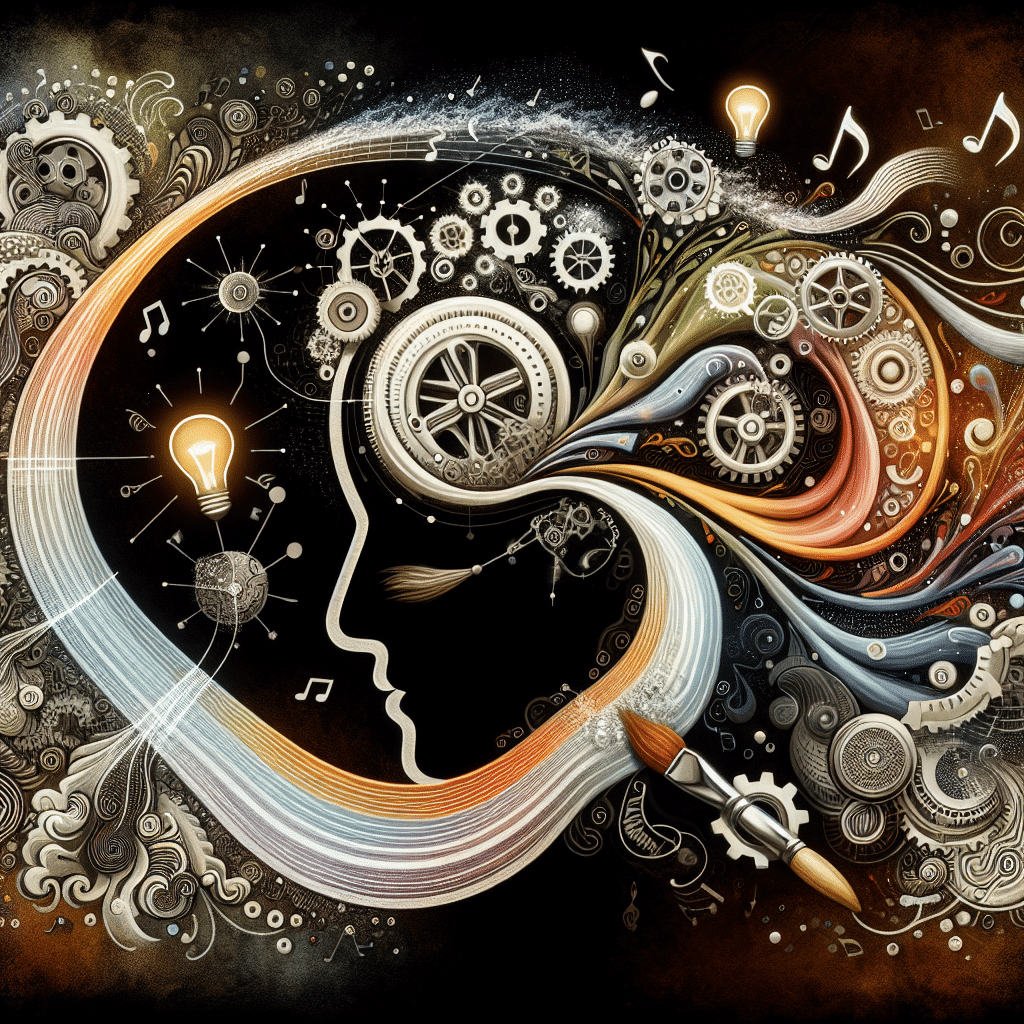
Summary
In conclusion, the mind-body connection plays a crucial role in fostering creativity as it allows for a holistic approach to the creative process.
Techniques such as meditation, mindfulness, and physical activity can help individuals enhance their mind-body connections, leading to increased inspiration, innovation, and productivity in creative endeavors.
By incorporating these practices into daily routines, individuals can tap into their full creative potential and achieve a greater sense of balance and overall well-being.

